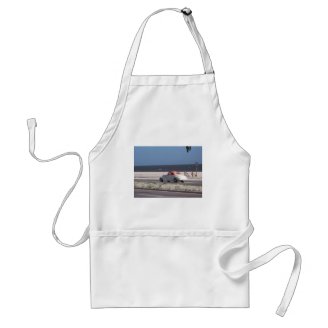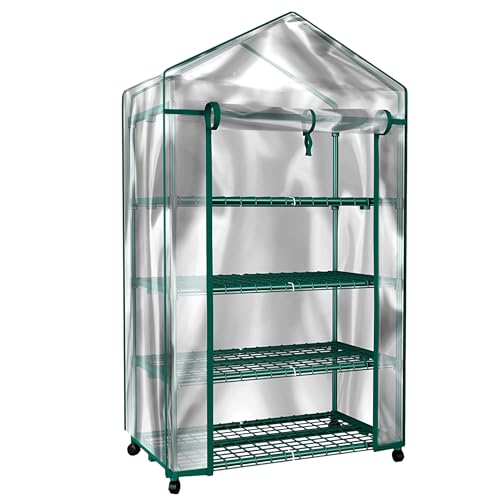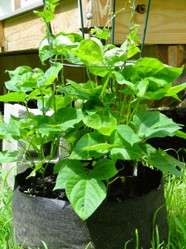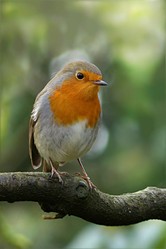Home gardens have been popular for years. It is the pleasure of growing your own food, at least in part, that makes the practice popular. In addition, it allows one to know what was placed on the plant, if anything, to fertilize and to repel insects.
One consequence of climate change is conditions are not static. In fact, conditions in one place might vary greatly over a year. As temperatures rise it would, at first thought, seem to expand the growing season. But it can get too hot for vegetables. In this area eggplants can form brown spots in the extreme heat of summer. And, as the temperature rises tomatoes and beans fail to set. These are not unique, but they are given as examples of what happens as summer gets too hot for plants to produce.
Another problem is stronger storms, with hail occurring more frequently.

















 UAPs, Formerly UFOs, If They Are Real How Can We Explain Their Arrival to Earth?5 days ago
UAPs, Formerly UFOs, If They Are Real How Can We Explain Their Arrival to Earth?5 days ago
 Polar Coordinate System7 days ago
Polar Coordinate System7 days ago
 Aurora Can Disrupt Electrical Devices And Even the Grid?9 days ago
Aurora Can Disrupt Electrical Devices And Even the Grid?9 days ago
 Overcoming Difficulties Encountered with Mathematics9 days ago
Overcoming Difficulties Encountered with Mathematics9 days ago



Comments
Since outdoor gardens are watered from rainfall, and the water collected is the same, except for whatever falls on the roof, it is not likely to be damaging. However, as pollution increases and acid rain gets worse we might have to rethink not only use of collected water, but how it impacts our farms.
I tried to not write this as a survivalist who fears everything, but as a minimal reaction to what can be an unreliable growing season, and mitigation of rising prices that might result.
blackspanielgallery, Thank you for the practicalities and products.
Indoor gardening at its best makes me think of the in-house, old-fashioned conservatory, the indoor garden kept by the doctor and his wife in the Camilla Belle version of the film When a Stranger Calls and the indoor lemon tree grown by the heroine in Ismail Kadare's The Concert.
Would pollution compromise such resource-saving measures as linking outdoor rain barrel water with indoor garden irrigation?
The spots are often several inches in diameter. I have had the problem on purple and green eggplants. They get about half the size before picking, then they develop the spots. I have had the problem in various years, so it is not a passing disease. The common issue is the heat, usually in the 90s. If you plant late, early April, with transplants from a nursery, the heat comes before any eggplants can be harvested.
Brown spots on egg plants due to heat! I had not heard of that condition, but it's no surprise. Here egg plants only grow under glass, so I'm not likely to experience this problem.